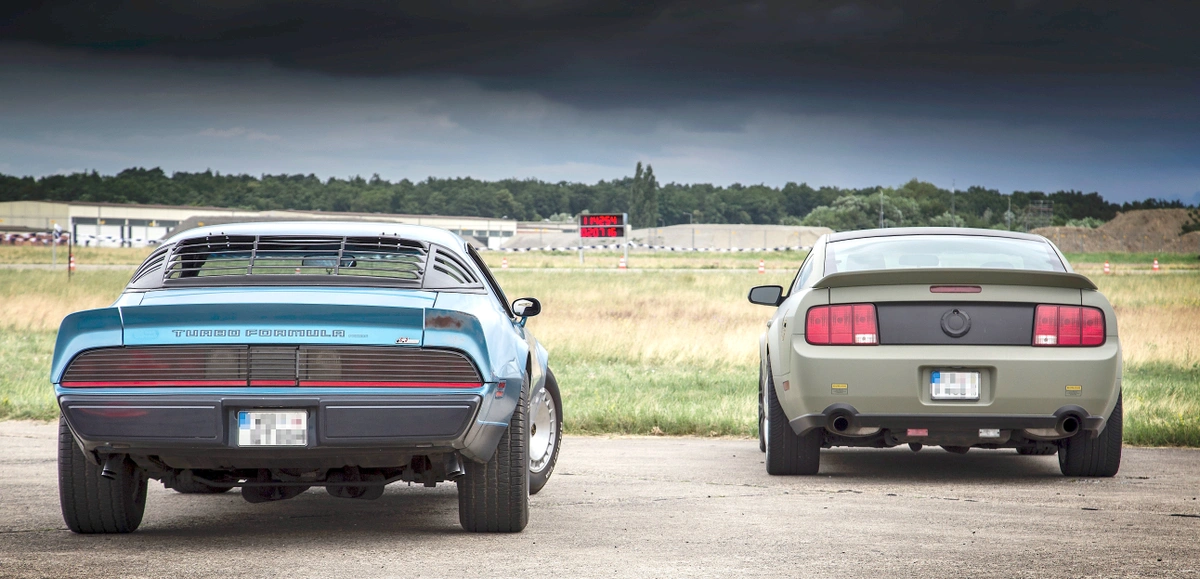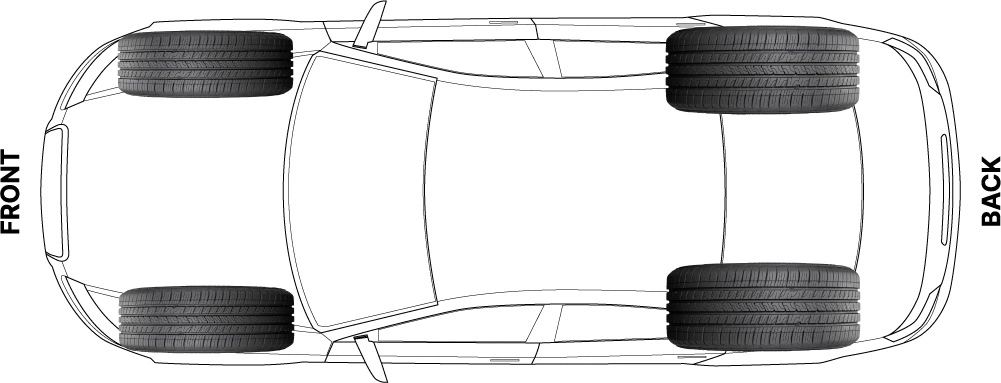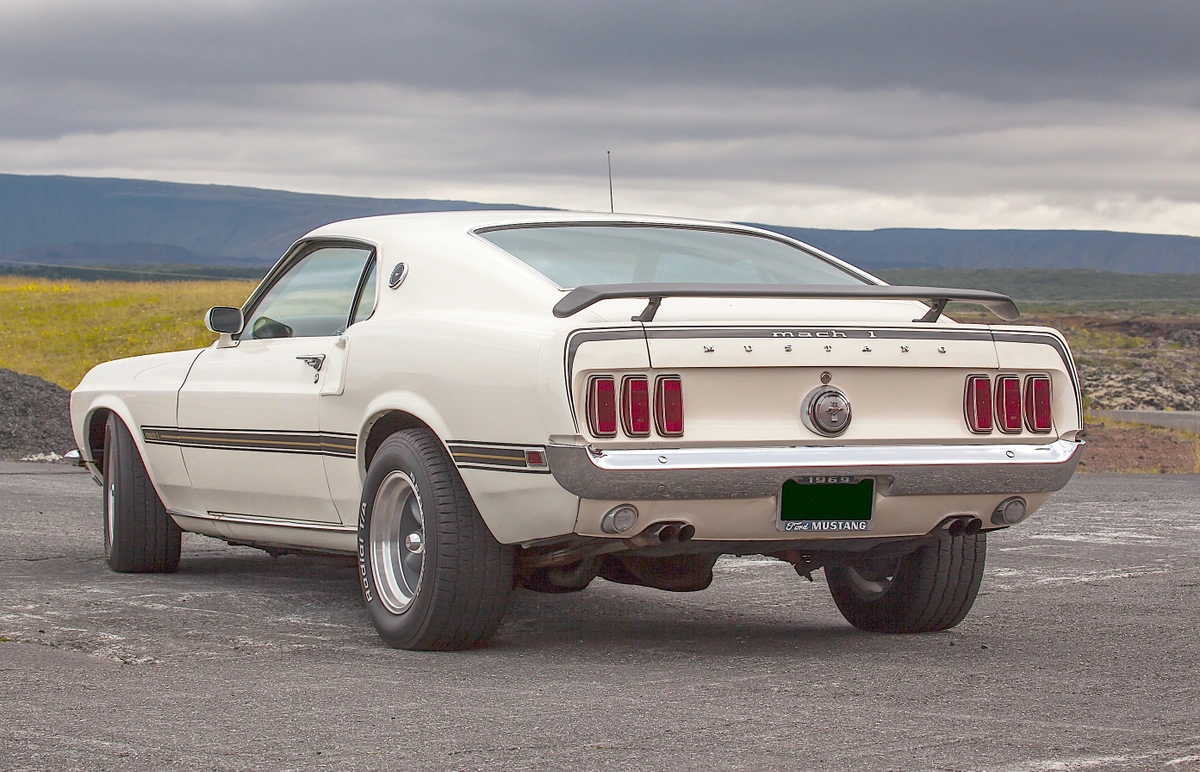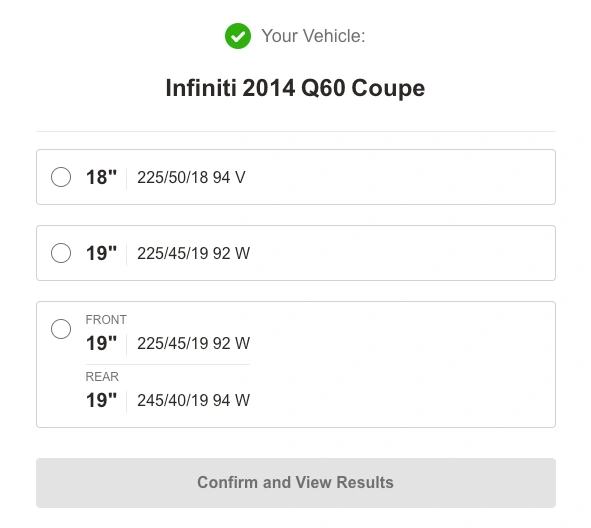Your Shopping Cart
Your cart is empty.
Subtotal ( items)
Instant Rebate Applied:
Promo Code Applied: ID.me Discount Applied:
Have a Promo Code?
Size:
Item
Item
Selected for:
/ each
Add-Ons
Wireless air pump capable of pumping up to 150 psi with 2000 MAH power bank.



Fully protect your clothes and vehicle interior during transportation of your tires. For Tires up to 31" tall and wheels up to 22".
Per sensor
Add TPMS Sensors
/per sensor
Please confirm the make, year, model and trim of the vehicle you want to purchase for:
How many sensors do you need?
The vehicle you have selected is not compatible with aftermarket TPMS Sensors.
Enter a different vehicle to add TPMS sensors

 Front Tire Size:
Front Tire Size:
 Rear Tire Size:
Rear Tire Size:
 Your Vehicle:
Your Vehicle:
Pros & Cons of Staggered Fitment

Attractive Design

Improved Handling

Improved Cornering
Bumpier Ride
Poor Traction in Snow
How do I find my tire size?



Need help?
 Your Vehicle:
Your Vehicle:
Pros & Cons of Staggered Fitment

Attractive Design

Improved Handling

Improved Cornering
Bumpier Ride
Poor Traction in Snow
How do I find my tire size?



Need help?
Pros & Cons of Staggered Fitment

Attractive Design

Improved Handling

Improved Cornering
Bumpier Ride
Poor Traction in Snow
Need help?
Need help?
How do I know if I have an LT tire?

 Your Vehicle:
Your Vehicle:
Sorry, we could not find any available
wheels for your sizing selections.
Need help?
What Is Staggered Wheel Fitment, and Why Do It?
By Tire Agent Staff
November 18, 2022
If you're a gearhead, you likely know much more about cars than the average Joe. Your friends and family probably turn to you to find out what that check engine light means or why their brakes are squeaking.
But do you know everything about tires? There is more to learn about tires than size and aspect ratio. With the proper techniques, tires can change the look of your vehicle and even how it performs. That leads us to staggered wheels, sometimes called offset wheels. No, not wheel offset. That's an entirely different thing. Tap or click here for our post on wheel offset to learn more about wheel offset.
Today, let's focus on staggered wheel fitments. We'll explain what staggered fitment is, and the pros and cons of having different wheels and tires in the front and back of certain types of vehicles.
What Does Staggered Tires Mean?
Staggered tires refer to a setup where the tires – and often the wheels – on the rear axle of the vehicle are larger in overall diameter than those on the front axle. This staggered application means running wider or larger wheels and tires on the rear of your vehicle than the ones on the front. This configuration provides increased front grip for turn in, better braking, and better thermal management.
What is Staggered Fitment?
First, let's explain the meaning of fitment as it applies to cars. Fitment means your tires, and sometimes rims, are different sizes in the front of your vehicle versus the rear.
Why would someone want different wheels in the front versus the back? There are a couple of reasons. First, it can make your vehicle look really cool. If you haven't seen a sports car with staggered wheels, check one out. You might fall in love immediately!
Another reason is to boost your car's performance. When done right, staggered wheels can give you the performance boost you're looking for, which we'll explain later. Now let's describe what it means to have staggered wheels.
Staggered wheel fitment explained
With staggered wheels, you typically have rear wheels slightly larger than the front. However, if you have a front-wheel drive vehicle, that will be reversed with marginally larger wheels in the front. And there are two variations of staggered wheels.
The first deals with the tire's width. The easiest way to stagger tires is to look at the first three digits in a tire's size and put different sizes from the front to the rear. This allows you to change a tire's width without changing rims.
A little more effort is needed for the second staggered wheel configuration. You may be familiar with the phrase staggered rims. It's when the rim size is altered, causing the tire to have a wider diameter. Some prefer bigger rims to wider tires, but to achieve this, you must ensure that your car has enough clearance after the new wheels are mounted.
In the next section, we'll discuss the pros and cons of staggering your tires and wheels. But first, take note. If your vehicle is relatively new, there is a chance that the manufacturer will view a staggered application as a modification that voids the warranty. So check with the warranty company before making modifications.
Pros of Staggered Wheels and Tires
Staggered wheels have a few advantages, with increased traction being the most notable.
The rear tires provide the most traction in a vehicle with rear-wheel drive. A wider tire means more surface area for it to grip the pavement. Traditional thinking might have you believe wider tires slow you down due to increased friction. But the improved traction benefits easily counteract this.
To get the most of the torque produced by your engine, you need tires that can grip the road. The bigger the tire, the more surface area they have to grip. With the proper setup, staggered tires can result in better braking. Faster acceleration and better handling are more pros with staggered tires.
Cons of Staggered Wheels and Tires
Uneven tire wear is the most significant disadvantage of staggered wheels and tires. Bigger tires with more surface area grip the road better for increased traction. However, that additional traction can cause uneven tire wear.
And you have to be careful when installing a staggered system. If you put the bigger tires on the wrong axle, you'll see a decreased performance from your vehicle. For example, if you have a front-wheel drive automobile and install larger rims in the rear, you won’t get any performance benefits.
Instead, you’ll get decreased handling and less braking power. You'll get the same result if you have a rear-wheel drive automobile and install the larger wheels on the front.
Another disadvantage is you won't be able to rotate tires from front to rear. You can only rotate from side to side. This can also impact your tire's tread wear.
Finally, you can see a reduced braking performance if you don't have the proper setup. Larger wheels make brakes work harder to stop them from spinning. You can offset this by upgrading your brakes if you increase your rim's width.
Shopping for Staggered Wheel and Tire Fitments
Yes, we can accommodate vehicles with staggered fitments.
Tire Agent knows that some manufacturers install staggered wheel sizes on vehicles. For example, some Infiniti Q60 models have different size wheels on the front versus the back. When that happens, you'll see an option like this when you shop for tires and wheels with Tire Agent:
In a related post, we explain how to find your vehicle's tire size.
Photo 42815867 © Johann68 | Dreamstime.com
Next Post:
How Long Can You Drive on a Spare Tire?How to Qualify for the $50 Offer
- Add items to your cart and begin checkout.
- Select PayPair and apply for financing.
- If you’re approved by a participating lender, you’ll see a $50 promotional rebate applied to your order total.
-
To receive the $50, you must:
- Complete your purchase with a qualifying lender,
- Agree to the payment terms,
- And make the required number of consecutive on-time payments, as specified by the lender.
Note: Offer available only through select lenders. Additional eligibility requirements and conditions apply. Rebate may be issued after verification of qualifying payment activity. Terms subject to change.
How to Purchase Tires and Wheels
With a Payment Plan
Tire Agent's payment plans make it easy to get the best partial or full set of tires and wheels for your vehicle.
It's fast, secure and won't affect your credit score
Match with multiple lenders
Why Choose PayPair?
PayPair’s Partners and Plans

No Money Down

No Money Down

No Credit Needed*

No Money Down

$1 to Start!*

No Money Down

No Credit Needed*

$1 to Start!*

No Money Down
Other Payment Plans

$0 to Little Down

Pay with your bank account

Simplified checkout experience

Faster and easier than using cards or cash

Simplified checkout experience

Faster and easier than using cards or cash
*SNAP: The advertised service is a lease-to-own agreement provided by Snap RTO LLC. Lease-to-own financing is not available to residents of Minnesota, New Jersey and Wisconsin. NO CREDIT NEEDED: Not all applicants are approved. While no credit history is required, Snap obtains information from consumer reporting agencies in connection with applications, and your score with those agencies may be affected. PAYMENT PLAN: The standard plan consists of renewable lease terms. To exercise an early ownership, consumers must make regular payments on time and schedule additional payments via the customer portal or by contacting Customer Care at 1-877-557-3769. KATAPULT: The Promotional Initial Payment (plus any applicable taxes and fees) is due at lease signing. Your lease-purchase payment amount will be determined after you select your product(s). You will not acquire ownership of the product(s) if the total amount necessary to acquire ownership is not paid. The Promotional Initial Payment does not reduce the cost of the lease-purchase agreement. The Promotional Initial Payment is only available when shopping at Tire Agent through the Katapult mobile app and at Tire Agent’s website. Product pricing subject to change and availability. Disclosure: 90-day early purchase option (EPO) terms and conditions apply: 90-Day (3 months in CA) You can buy out your lease-to-own agreement within the first 90-days. This amount includes the cash price, plus the lease-to-own cost for the first 90-days. Taking advantage of the 90-day purchase option will save you the most money! PROGRESSIVE: Ownership by rental/lease agreement with Progressive Leasing costs more than the retailer’s cash price. Select items only. Cancel or purchase early at any time. Not available in MN, NJ, VT, WI, WY. Progressive Leasing obtains information from credit bureaus. Not all applicants are approved. Standard agreement offers 12 months to ownership. 90-day purchase options cost more than the retailer’s cash price (except 3-month option in CA). To purchase early or to cancel lease, you must call 877-898-1970. Retailer cannot activate early purchase options.




